Two weeks after the National Conference to summarize Resolution 18/2017, many ministries, branches and localities have announced plans to streamline their apparatus as well as policies to streamline staff.
Regarding the above issue, speaking with Ho Chi Minh City Law, Mr. Thai Quang Toan, former Head of the Department of Organization and Personnel ( Ministry of Home Affairs ), who directly participated in the process of building Resolution 18 of the 12th Central Executive Committee, said: We have been gradually implementing the above two tasks for the past 30 years.
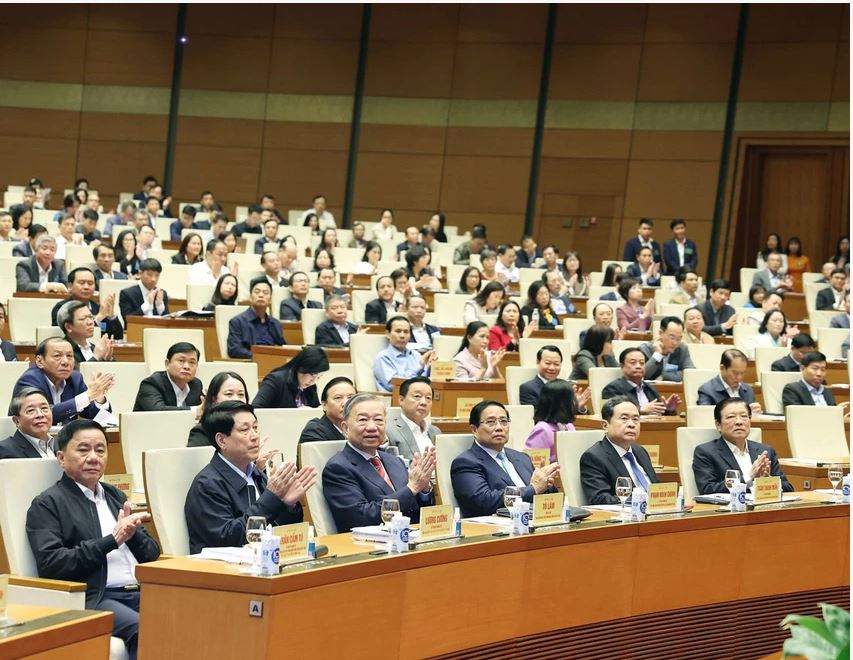
Party and State leaders and delegates attending the conference to review the implementation of Resolution 18-NQ/TW. Photo: VNA
Streamlining the apparatus
Reporter: Sir, in recent days, a number of ministries and localities have announced plans to end operations, consolidate, and streamline internal organizations. This issue was raised in Resolution 18. But in your observation, how did this issue begin?
+ Mr. Thai Quang Toan (photo): The Party has discussed and gradually implemented the restructuring of the entire political system towards streamlining, effectiveness and efficiency for the past 30 years. Specific ideas such as merging the Transport - Construction or Planning - Investment departments were also proposed about 20 years ago.
Because at the local level, there have been overlaps and difficulties in coordination between these pairs of state management agencies.
Resolution 18/2017 of the 12th Central Executive Committee is the next step, meeting the requirements in the new development stage of the country.
Resolution 18 was issued at the beginning of the 12th tenure, and now we have just over a year left until the end of the 13th tenure and we are implementing it vigorously. Why is that, sir?
+ During the implementation of Resolution 18, there were some immediate actions at the Central level, such as ending the activities of the three Steering Committees of the Northwest, Central Highlands, and Southwest; transferring the overseas Party Committee to the Party Committee of the Ministry of Foreign Affairs . Initially organizing the tax and treasury systems according to the regional model of customs.
The most positive result and strongest implementation is the Ministry of Public Security, ending the general department model, transferring the Fire Police Departments to the police of provinces and cities.
Apart from the Ministry of Public Security being proactive, the other ministries are still looking at each other. So, only 17 general departments were completed but 10 more were added, which means that many internal organizations have not been really reduced. The review process at the Ministry of Labor, Invalids and Social Affairs thought that the General Department of Vocational Training had been terminated but then it was kept. Meanwhile, the Ministry of Industry and Trade proposed to establish a General Department of Market Management.
At the local level, Quang Ninh used to be very strong in piloting, becoming an experience for the Central Government to build Resolution 18, but then it seemed to slow down. Other provinces and cities have the mentality of waiting for the Central Government to do something before following suit, so the results of streamlining the apparatus are not strong. The most significant result is the reduction of eight districts and 563 communes, of which Cao Bang reduced three districts.
It can be seen that General Secretary To Lam recognized this problem very early when he took on his new assignment. General Secretary To Lam and Prime Minister Pham Minh Chinh, the author of Resolution 18, had responses that the Politburo agreed on and submitted to the Central Committee for approval.
Since the National Conference on December 1st, not only the agencies, units, and Party organizations at the Central level but also all provinces and cities across the country have followed the direction and proposed to streamline the apparatus, with some localities proposing to reduce eight departments.
Staff evaluation must be close, rigorous, and objective to streamline those who do not perform well, while recruiting positive factors into the apparatus.
Downsizing policy…
Along with streamlining the apparatus, the requirement for streamlining the payroll has been raised. Over time, what is the policy to support cadres, civil servants, public employees and workers subject to payroll streamlining, sir?
+ The policy of streamlining the payroll has been in place since 1991. During the restructuring of the apparatus in 2007, the Government issued Decree 132 with many financial levers and incentives for those subject to streamlining, applicable until the end of 2011. Next was Decree 108/2014 applicable until the end of 2021, and most recently Decree 29/2023 applicable until the end of 2030.
Up to this point, cadres, civil servants, public employees, and people working under labor contracts subject to the policy of streamlining payroll have been identified in quite detail.
These are people who are redundant due to reviewing and rearranging the organization and personnel; due to rearranging administrative units; due to restructuring according to job positions; have not achieved the training level according to the standards corresponding to the job position they are holding and cannot be assigned to another job or retrained; are classified as not completing their tasks and cannot be assigned to another suitable job; have health problems and have to take a lot of time off.
It also applies to those who are removed from their positions or management titles due to organizational reorganization and voluntarily downsizing their staff; those who are disciplined but not to the extent of being dismissed or forced to quit their jobs and voluntarily downsizing their staff. Non-professional workers at the commune and village levels who are redundant due to administrative reorganization are also entitled to this policy.
In general, people who are subject to staff reduction enjoy many benefits, such as not having their pension rate deducted due to early retirement; receiving subsidies with a total value of up to 250-300 million VND. Even after staff reduction, if they are transferred to the private sector, they will still receive subsidies.
Those who do not complete their tasks, have limited capacity, and violate discipline are most likely to need to be downsized. In reality, what are the results of downsizing this group, sir?
+ Not much. I remember that the press and the National Assembly forum reported the phenomenon of officials and civil servants carrying umbrellas to work in the morning and carrying umbrellas home in the evening, working ineffectively. Even if that number was reduced, the agencies and units would still work normally. So in 2015, the Government issued Decree 56 with separate regulations on the evaluation and classification of officials, civil servants and public employees in the direction of tightening the year-end labor evaluation.
But in the first year of implementation, the results sent to the Ministry of Home Affairs showed that only 1% of cadres, civil servants and public employees did not complete their tasks - very different from public opinion as well as reality. And it seems that the results of streamlining the payroll from the solution of evaluating and classifying labor at the end of the year have remained the same since then.
Why is there such a big gap in year-end performance appraisal in the public sector, sir?
+ There are many reasons such as leaders are not resolute; collectives, agencies, and public organizations have not really seriously evaluated their own team and each individual in their collective.
Perhaps within those units, functions and tasks are not clear; targets and tasks assigned at the beginning of the year are unclear; performance evaluation is general. At the end of the year, the evaluation is unscientific, lacking objectivity and impartiality. And thus, the evaluation, emulation and reward work will not be accurate.
So what about the streamlining results with other groups, sir?
+ By the end of 2023, the whole country had reduced the payroll by 89,995 people. However, this result is still limited because most of them are people who retire early. With such preferential policies, many people who are a few months away from retirement age will benefit both ways, and they will retire anyway but still have a small amount of money in their pockets.
As for young people leaving the public sector, as of September 2022, there are more than 40,000 people. Most of them are not subject to staff reduction. Up to 35% of them are civil servants with good and fair expertise, aged 30-35 in public service units, because life in the public sector is too difficult, they seek opportunities in the private sector. People aged 50 and over are only more than 1,000 people. Most of them are civil servants in the health and education sectors.
If so, is financial leverage not directed towards streamlining the number of people with limited capacity and qualifications, poor discipline, not meeting requirements and tasks but not qualified to be fired?
+ That's right. Those who do not meet the job requirements and need to be streamlined are still confused about the policy. The solution so far is still to propagate and persuade them to quit or through the year-end evaluation of cadres, civil servants and public employees to classify them.
Tight management to control the increase in organization and staffing
Streamlining the payroll also requires strict control of payroll. How is this being done, sir?
+ Previously, our management of organization, apparatus and staff was not strict and close. Therefore, the establishment of new organizations was somewhat arbitrary. Increasing the organization meant increasing the staff. The operating cost mechanism was calculated based on the staff, so the budget expenditure for maintaining the apparatus was increasingly large.
In 2017, the Central Committee issued Resolution 18, then in 2022, the Politburo issued Regulation 70 on staff management, all of which have been tightened. Previously, the Party mainly led personnel work, but now it leads comprehensively and absolutely, both organizational work and staffing work. The Central Committee strongly decentralizes personnel work, but tightly controls organization and apparatus.
In central agencies now, if they want to establish a department-level unit or higher, they must report to the Politburo. For local agencies, the Government issues a framework decree on specialized agencies of the provincial People's Committee with a maximum of 17 departments for the provincial People's Council to decide within that limit. For public service units, localities decide on their own establishment but are responsible for operating costs...
. That is, since Resolution 18, Regulation 70 has controlled the establishment of organizations as well as the increase in staff?
+ That's right. The problem now is to reorganize, streamline the payroll, and deal with existing problems...
What is the solution?
So to solve the existing problems, should we tighten the financial support mechanism in the near future for those who are close to retirement age and apply for retirement to receive funding for staff streamlining?
+ That's difficult. When we built Decree 132 and then Decree 108 on the policy of streamlining the payroll, we saw the ineffective and exploited aspects. But then the latest Decree 29 still had to accept that expense. We know it's not financially effective, but because of the requirement of streamlining, we still have to spend.
Should we set a criterion for classifying incomplete or completed tasks as a basis for streamlining, sir? For example, a 2% rule because meetings, votes, and year-end evaluations only show 1%?
+ Not good either. There are agencies and units that use the budget very well, the capacity, qualifications, sense of responsibility, and discipline of the staff, civil servants, and public employees are very even, so how can we impose a classification criterion for not completing the task? On the contrary, there are units with very poor overall work quality, with a large number of people going to work with an umbrella in the morning and returning home with an umbrella in the evening, so 2% is still low.
Currently, we only control the rate of excellent task completion to avoid leveling, while the overall quality of work is average. But even that is not entirely reasonable, because there are units whose work that year was truly excellent, so the entire labor force should have been excellent.
So in general, the evaluation of cadres must be close, strict, objective, and serious enough to streamline those who do not work well and have weak capacity. At the same time, we must recruit good personnel and positive factors into the apparatus. That is the way to streamline the payroll.
Thank you.•
Source: https://moha.gov.vn/tintuc/Pages/danh-sach-tin-noi-bat.aspx?ItemID=56706


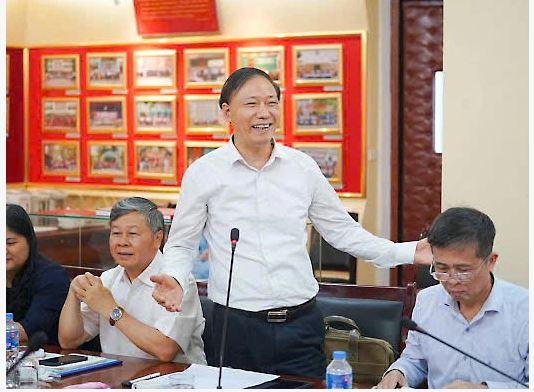

![[Photo] Journalists moved to tears at the Memorial Service for the soldiers who died in Gac Ma](https://vphoto.vietnam.vn/thumb/1200x675/vietnam/resource/IMAGE/2025/5/30/9454613a55c54c16bf8c0efa51883456)
![[Photo] General Secretary To Lam receives Chief of the Central Office of the Lao People's Revolutionary Party](https://vphoto.vietnam.vn/thumb/1200x675/vietnam/resource/IMAGE/2025/5/30/140435f4b39d4599a3d17975dfb444c5)
![[Photo] National Conference "100 years of Vietnamese Revolutionary Press accompanying the glorious cause of the Party and the nation"](https://vphoto.vietnam.vn/thumb/1200x675/vietnam/resource/IMAGE/2025/5/30/1cf6cd5c8a934ebfa347028dcb08358c)

![[Photo] A delegation of 100 journalists from the Vietnam Journalists Association visits the soldiers and people of Truong Sa island district.](https://vphoto.vietnam.vn/thumb/1200x675/vietnam/resource/IMAGE/2025/5/30/0984a986227d4e988177f560d2e1563e)
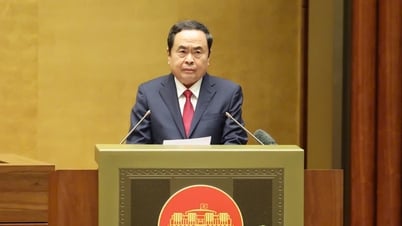


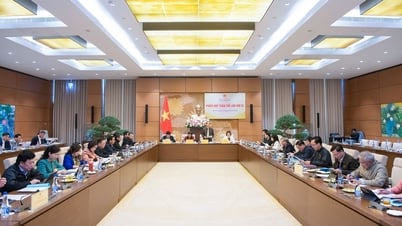


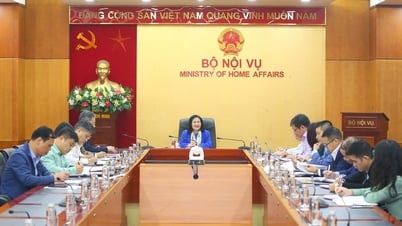

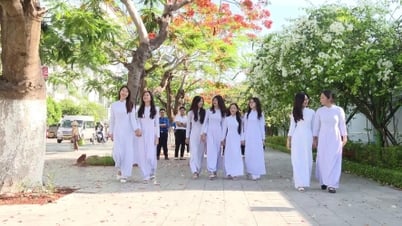

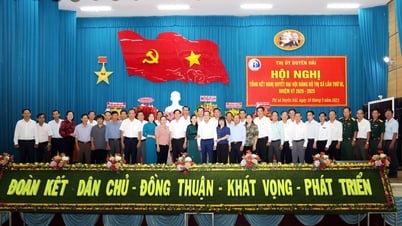





















































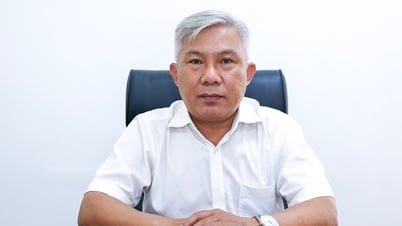























Comment (0)